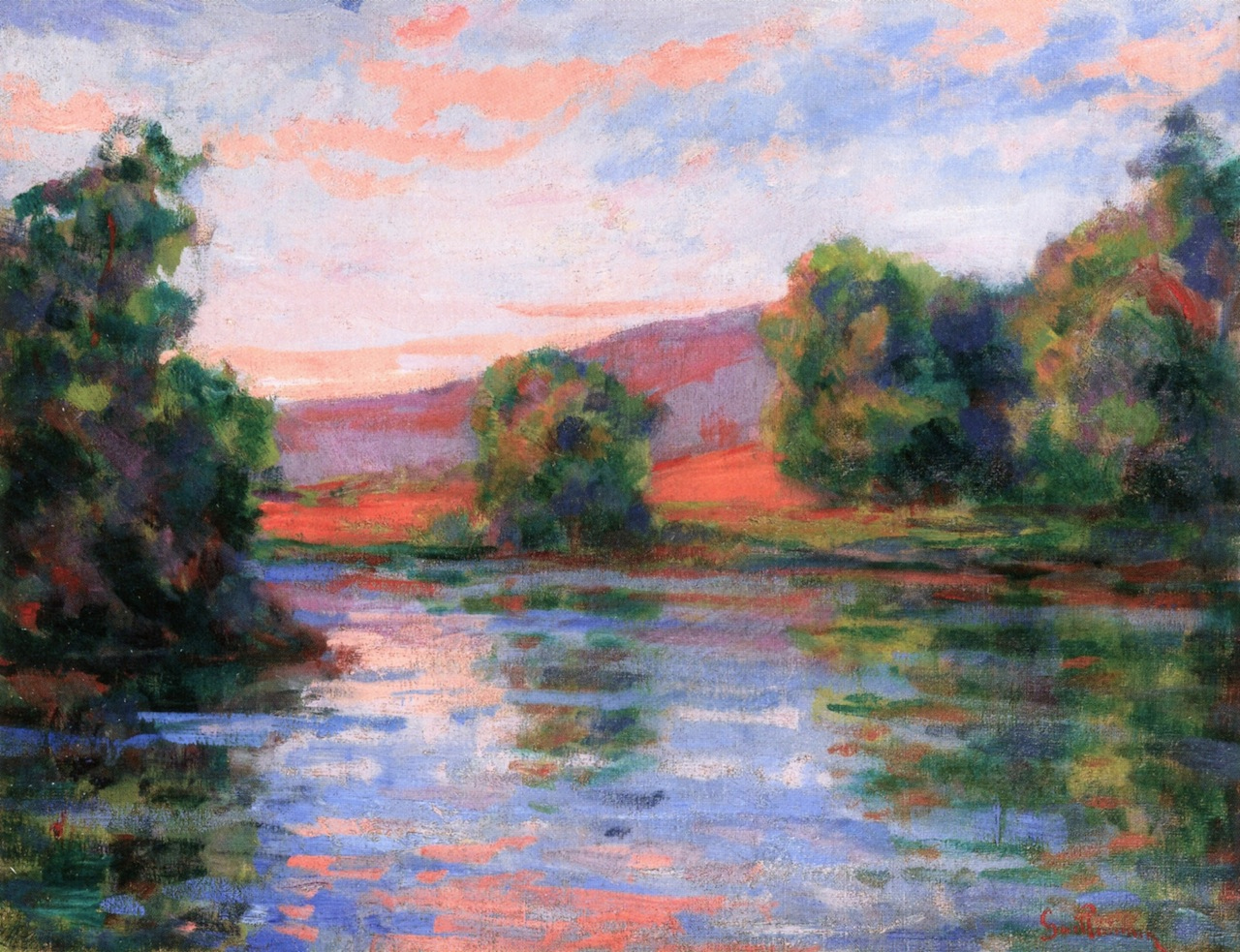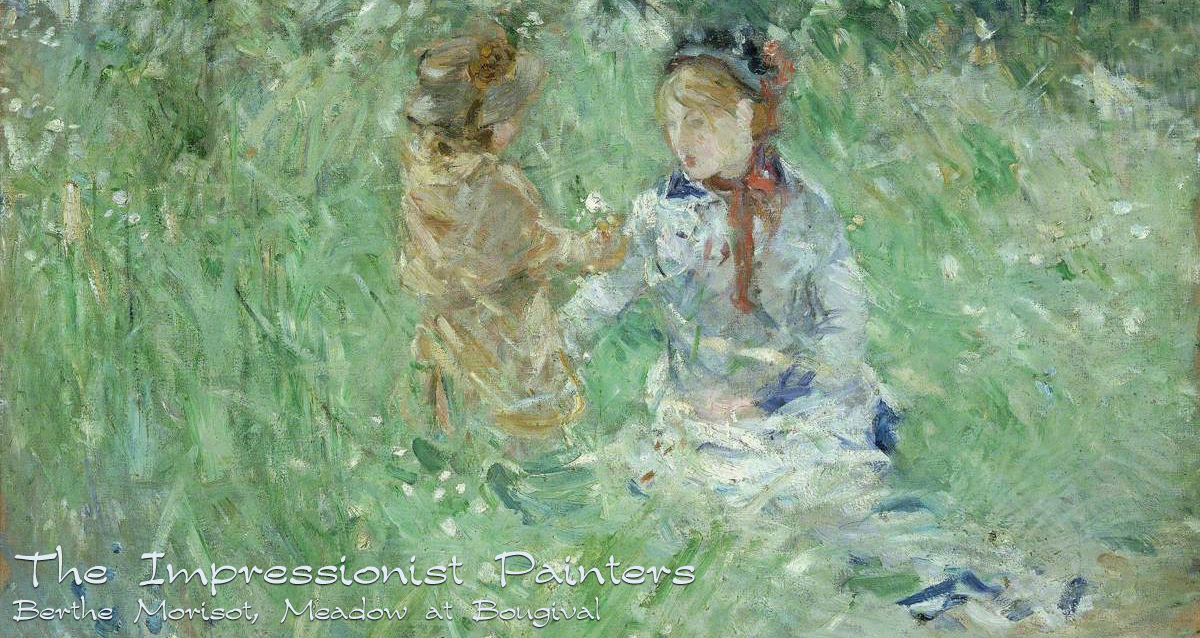
The set of examples below has been added to give people an idea about the various "looks" created by impressionist painters. In general, impressionist works portray overall visual effects instead of sharp details and the artusts use a variety of brush strokes. The aim is to create an impression and not a literal image of a scene as might be done by a photographer. Impressionists painted impressions images of both modern life and outdoor natural settings. The paintings were done in studios or en plein air.
Claude Monet, 1840 – 1926
There’s arguably no name as synonymous with Impressionism as Monet and no works so emblematic of the movement than his Water Lillies series. The artist resided in Giverney, his in Normandy estate outfitted with a Japanese water garden. Though he never visited Japan, the country inspired him nevertheless. Monet’s Impression, Sunrise (1872) lent its name to the art movement. Though, the moniker was imparted facetiously as many couldn’t understand how this style was indeed art.
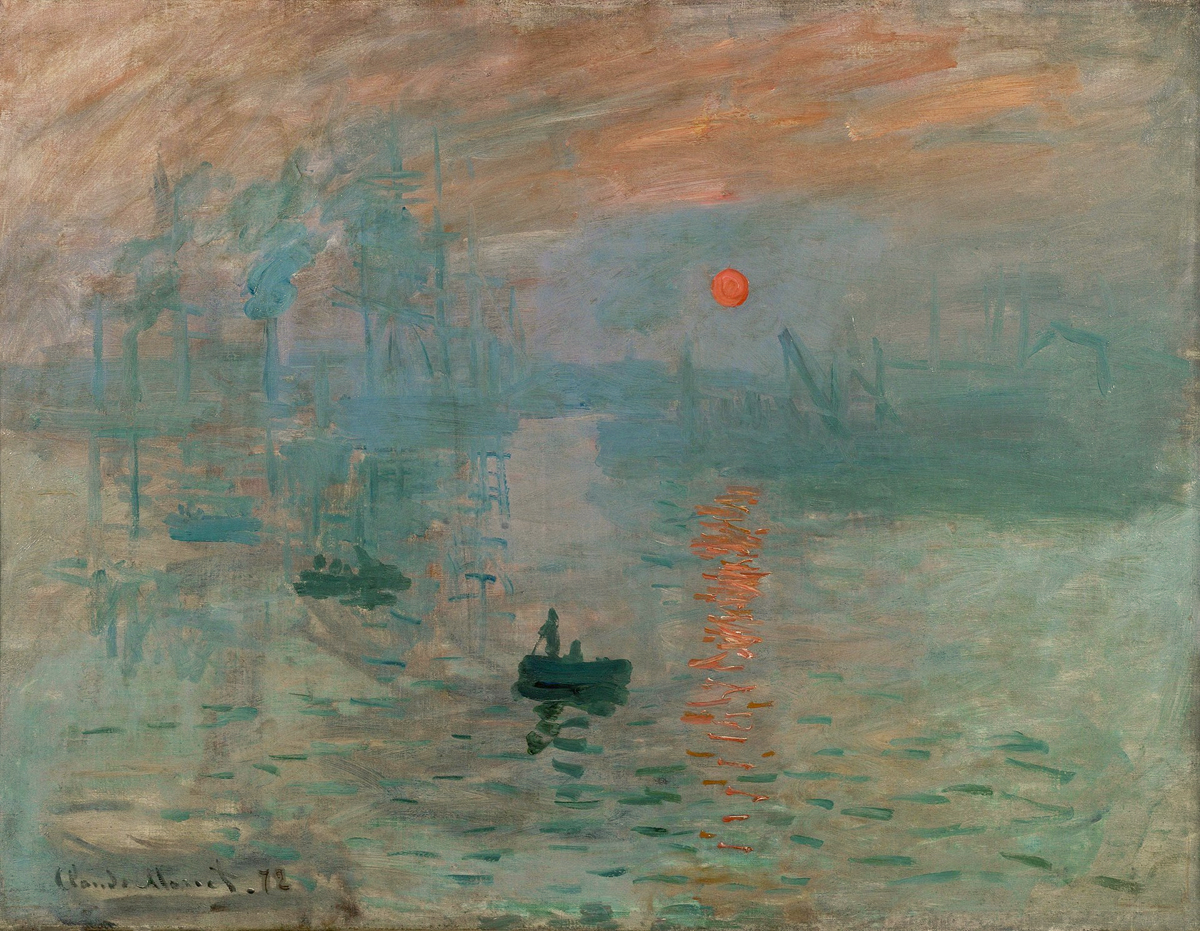
Berthe Morisot, Harbor at Cherbourg, 1871
One of the female Impressionist painters, Morisot happened to be married to Manet’s brother Eugène, also a painter. Her work was romantic and soft with a fanciful feminine flair, and evoked a sense of intimacy, often depicting people during seemingly private moments. The Cradle (1872) depicts her sister gazing at her baby, Young Girl in a Ballgown (1879), and The Port of Nice (1882) are among her most notable works.
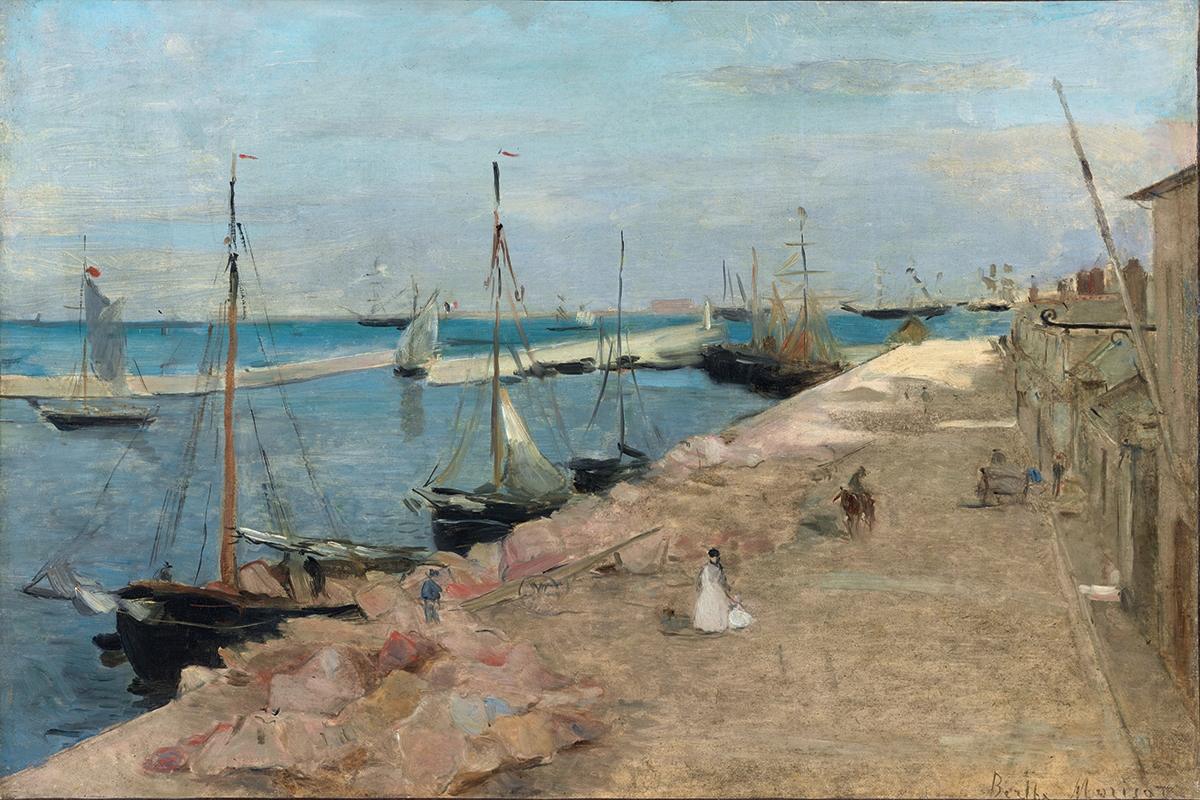
Auguste Renoir, A Road in Louveciennes ca. 1870
This picture, which is in effect drawn directly with paint, was almost certainly executed out-of-doors about 1870. The site is in the village of Louveciennes, west of Paris, where Renoir's parents had a summer home. Camille Pissarro, who lived and worked in the village in 1869–70, painted a view of the same road (National Gallery, London).
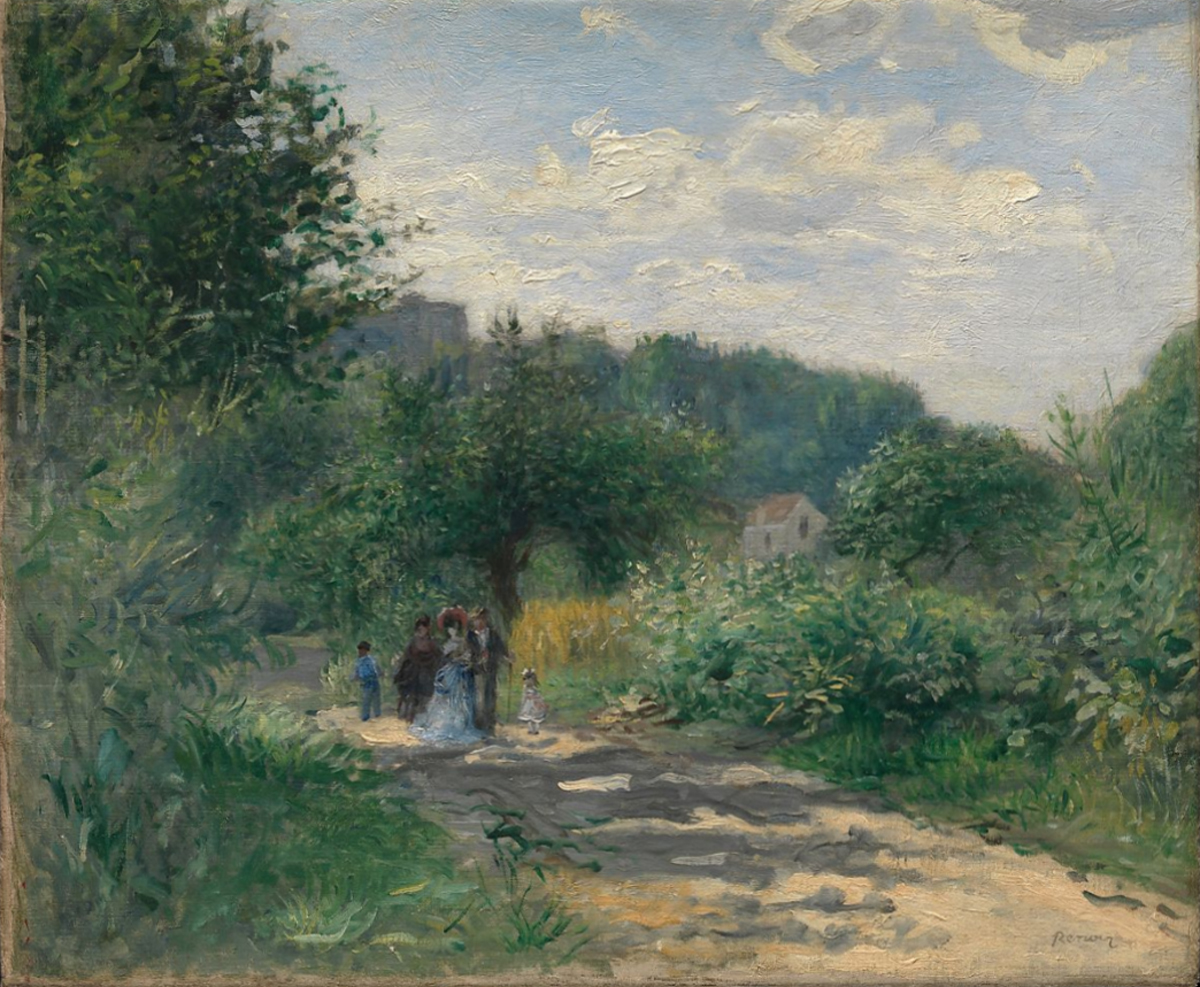
Édouard Manet, 1832 – 1833, Le Déjeuner sur l’herbe
Though he considered himself more of a Realist, Manet warrants a mention as he’s known for building the bridge between Realism and Impressionism. Le Déjeuner sur l’herbe (The Luncheon on the GrassD’Orsay Museum. The painting depicts a nude female sharing lunch with two fully clothed gentlemen while another woman bathes in the lake…interpret the scenario as you see fit.
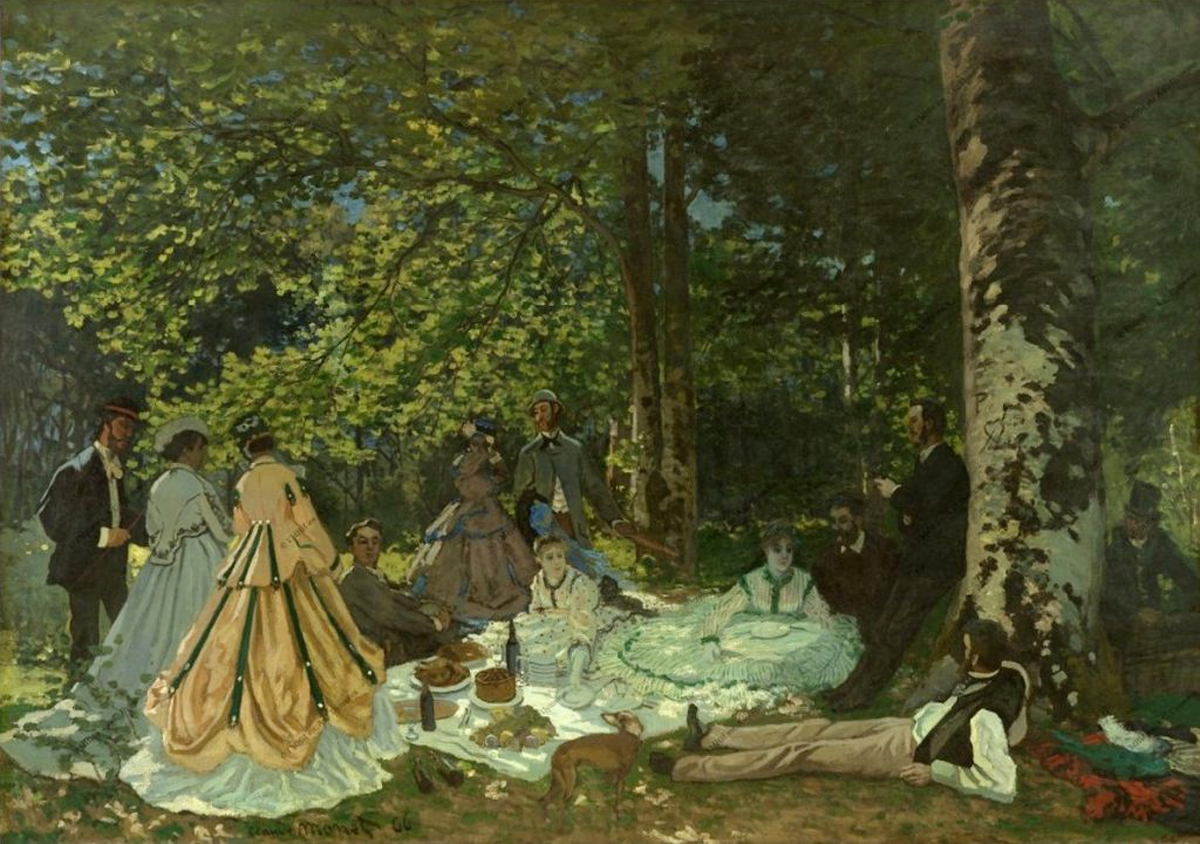
Marie Bracquemond (1840–1916)
Marie Bracquemond was a French Impressionist artist, who was described retrospectively by Henri Focillon in 1928 as one of “les trois grandes dames” of Impressionism alongside Berthe Morisotand Mary Cassatt.
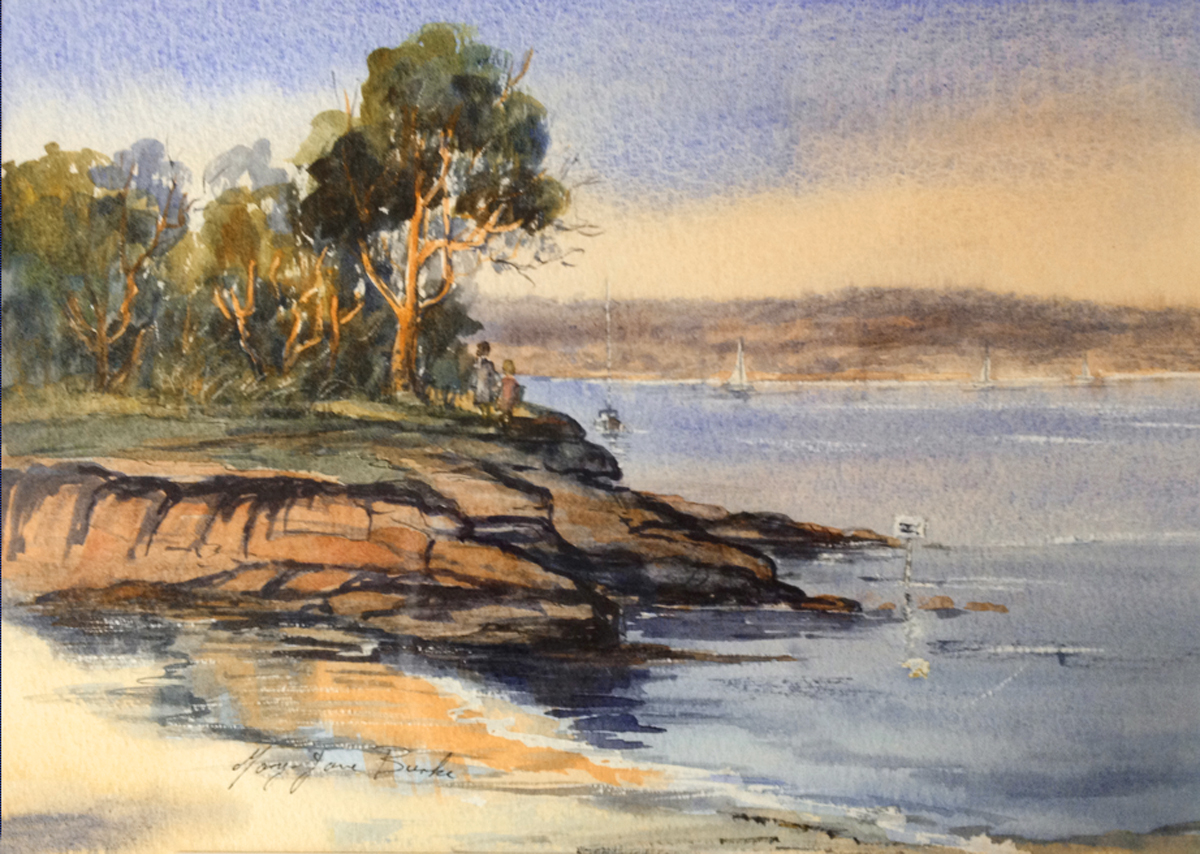
Henri Rouart
Henri Rouart was very active in the 19th century French Impressionism art movement. Rouart exhibited in seven out of the eight impressionism art exhibitions. This was more than Renoir, Monet or Sisley. Rouart was not only a painter but was a wealthy industrialist and a serious art collector.
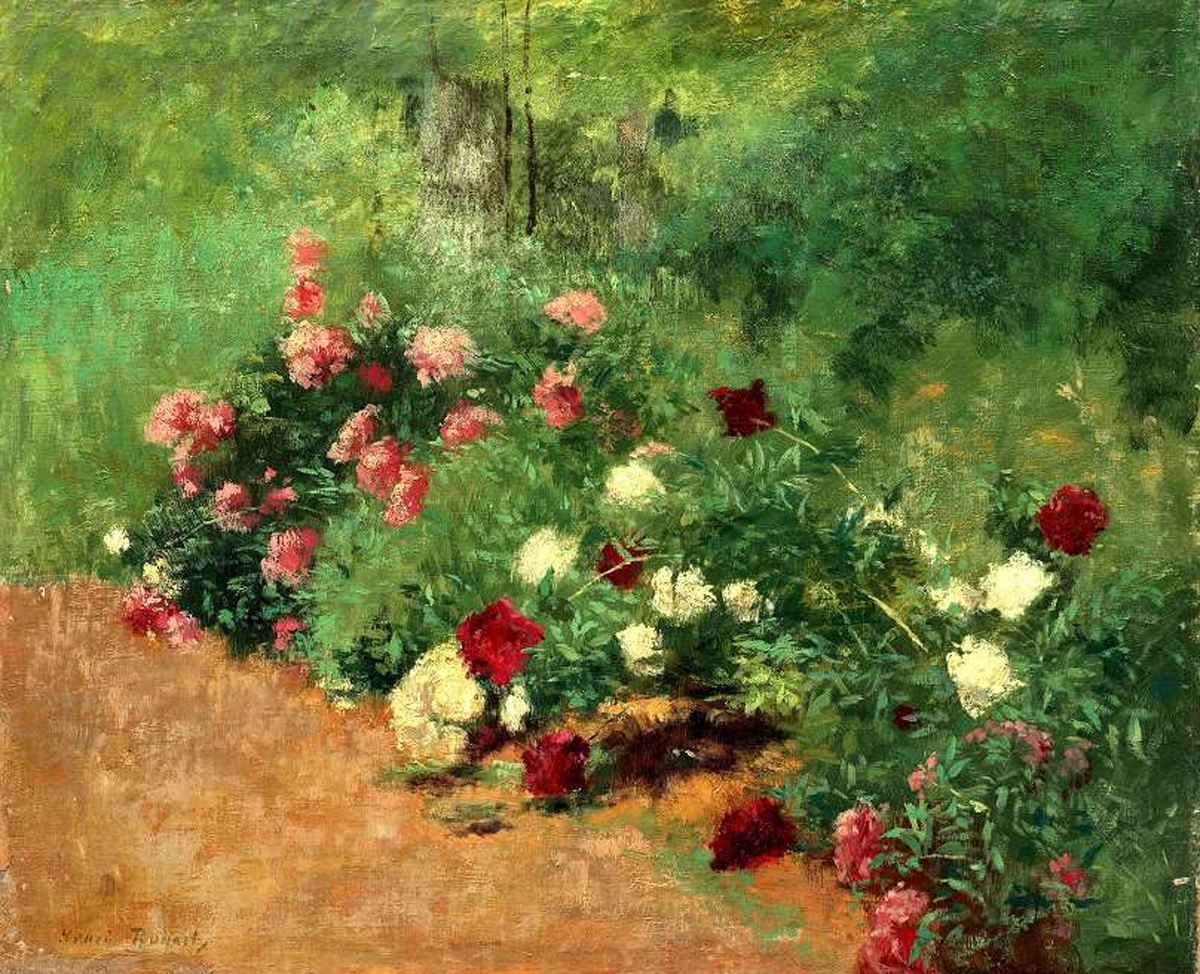
Robert Antoine Pinchon ( 1886 -1943) Lily Pond
Pinchon, born in Rouen Normandy, was a 19th century impressionism painter. He was a gifted artist, well respected by fellow artists and sought out by art collectors. Pinchon exhibited his paintings together with many of the the great impressionism and post-impressionism masters.
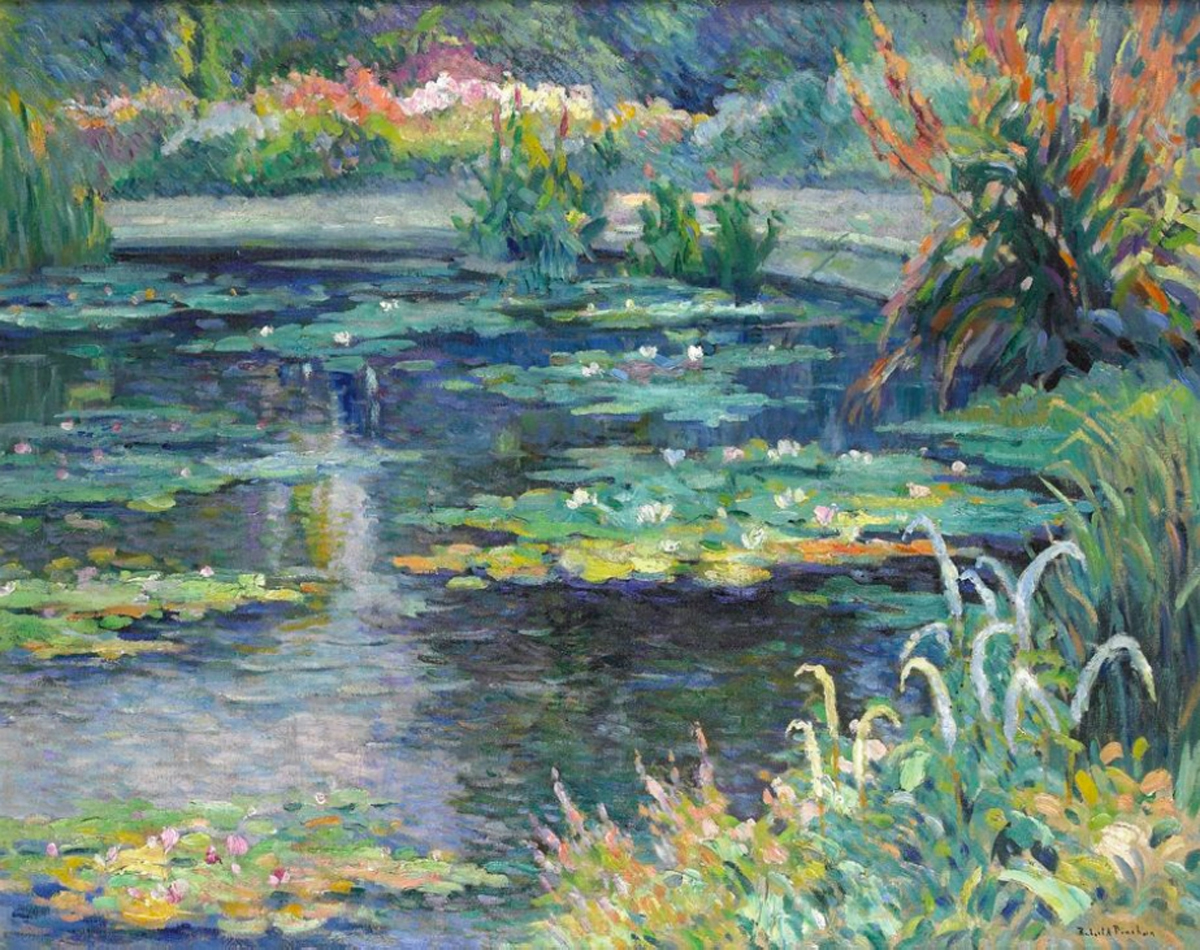
Mary Cassatt (1844–1926) Summertime
|
Mary Cassatt achieved recognition in both Europe and the United States during her career, and was the only American to exhibit with the French impressionists. In 1894 the artist purchased the Château de Beaufresne in the countryside fifty miles northwest of Paris. There she created a series of paintings, including Summertime, and prints of people in boats feeding or observing the ducks on her new property’s reflecting pool. This work marks her return to easel painting after four years, during which time she focused on printmaking and created her mural, Modern Woman, for the 1893 World’s Columbian Exposition in Chicago. Cassatt’s vigorous technique and use of bright colors assert her identification with impressionism. The work’s compressed perspective, equal emphasis of figures and ground, and theme of feminine leisure owe a debt to Japanese art, which influenced Cassatt’s production, particularly after she viewed an exhibition of Japanese prints in 1890. |
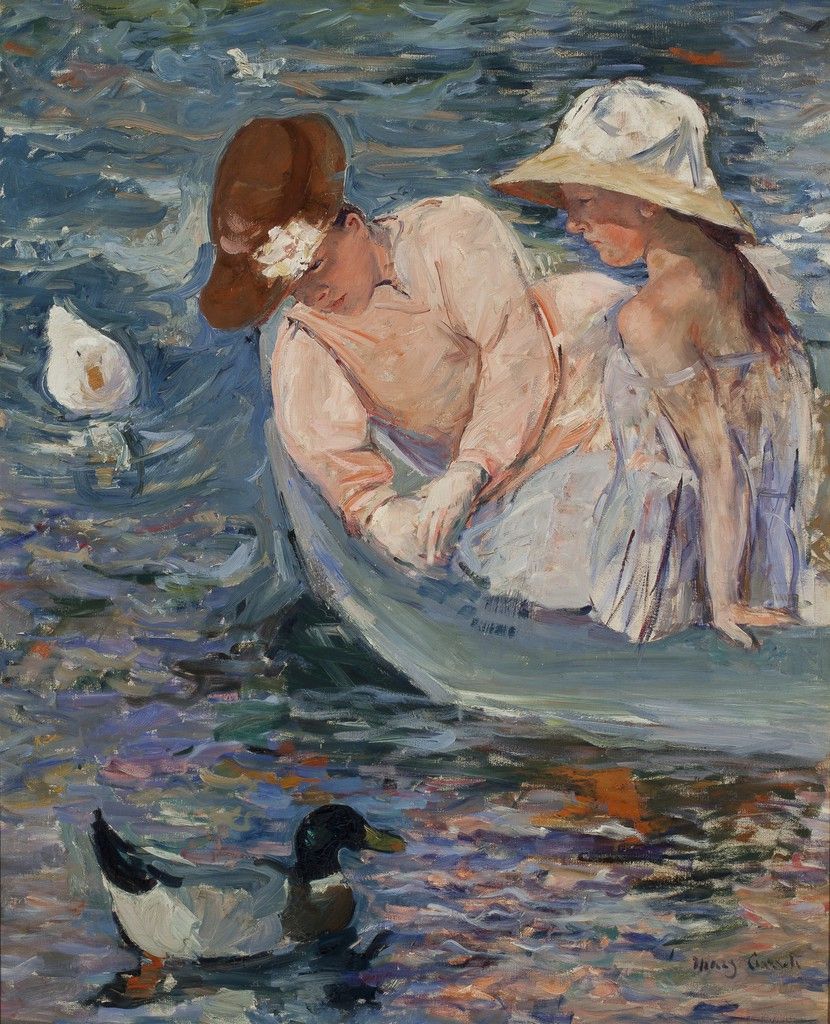 |
Jean Baptiste Armand Guillaumin
Guillaumin was an impressionist painter and an active participant in the French Impressionism movement. He was friends with all the big names such as Paul Cezanne, Camille Pissarro, Vincent Van Gogh and Edouard Manet.
